Mount Everest is the highest peak on Earth at 8849m. It's beautiful, magical, and also one of the most hostile environments a human being can enter. Above 8000 metres lies the notorious death zone, a realm so lacking in oxygen that the human body begins to slowly shut down.
From frostbite and hurricane-force winds to invisible crevasses and rapidly shifting ice, every part of the mountain presents unique, life-threatening challenges.
In this article, we explore the true dangers of climbing Everest – from the science of altitude sickness to the perils of the Khumbu Icefall – and hear first-hand accounts from the legendary climbers who survived it.
Altitude
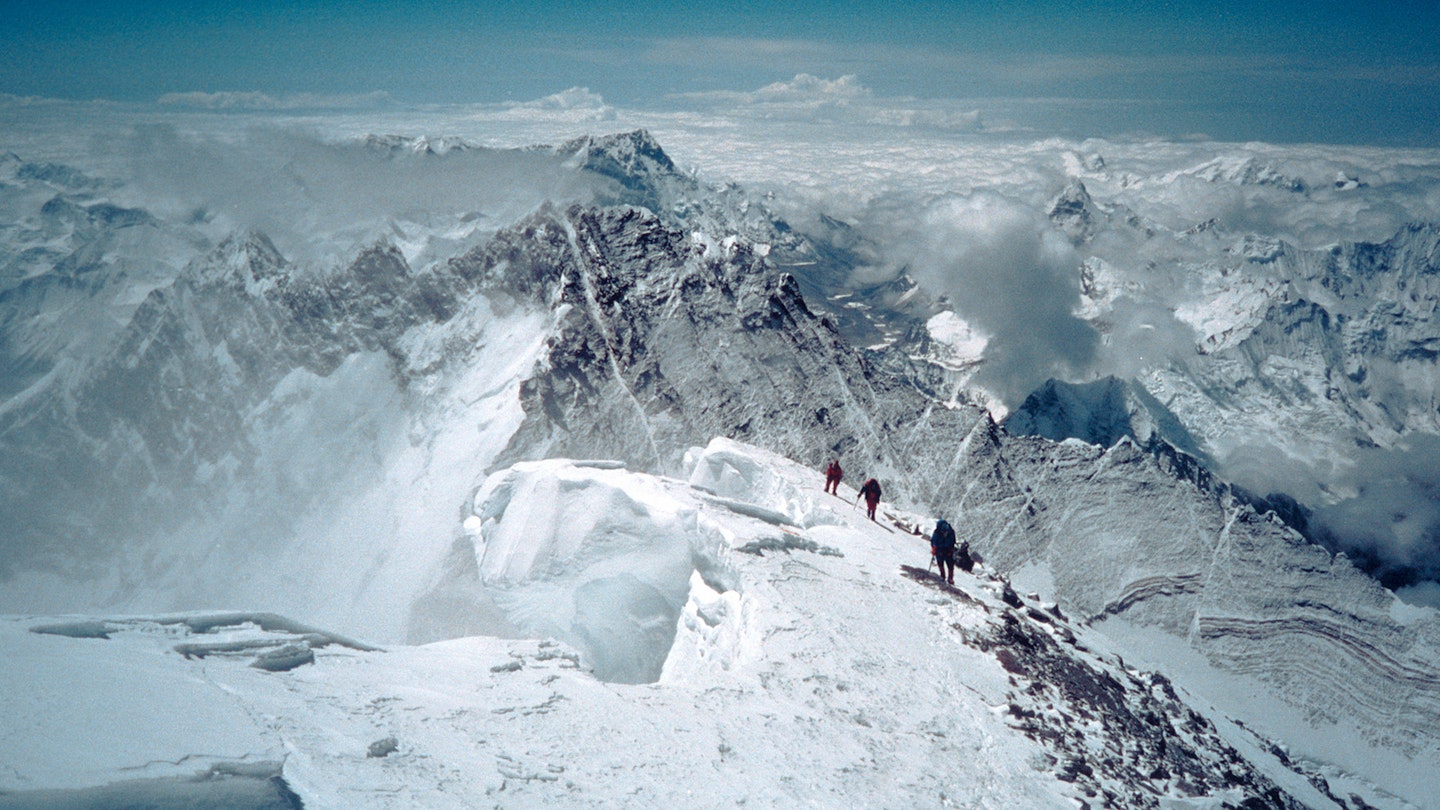
The area above 8000m is commonly known as the ‘death zone’ because it doesn’t contain enough oxygen to sustain human life.
The atmospheric pressure at the top of Everest is around one-third of that at sea level, which is why climbers spend weeks travelling up and down the mountain to camps at different altitudes to acclimatise, before making a summit push later in the season.
Above 8000m, however, acclimatisation is impossible, and the clock is ticking. Many deaths on Everest have been caused by the debilitating effects of altitude, either directly due to the loss of vital bodily functions, or from poor decisions made under stress.
Potentially fatal medical problems at altitude include hypoxia (oxygen deprivation), acute mountain sickness (headaches, nausea, weakness, shortness of breath), high-altitude pulmonary oedema (buildup of water in the lungs) and high-altitude cerebral oedema (swelling of brain tissue).
Most climbers use supplementary oxygen, but it never completely negates the effects of high altitude.
“You feel like you’re one giant lung, as if breathing is all there is to life.”
Mike Groom, Australian mountaineer
Extreme cold and frostbite
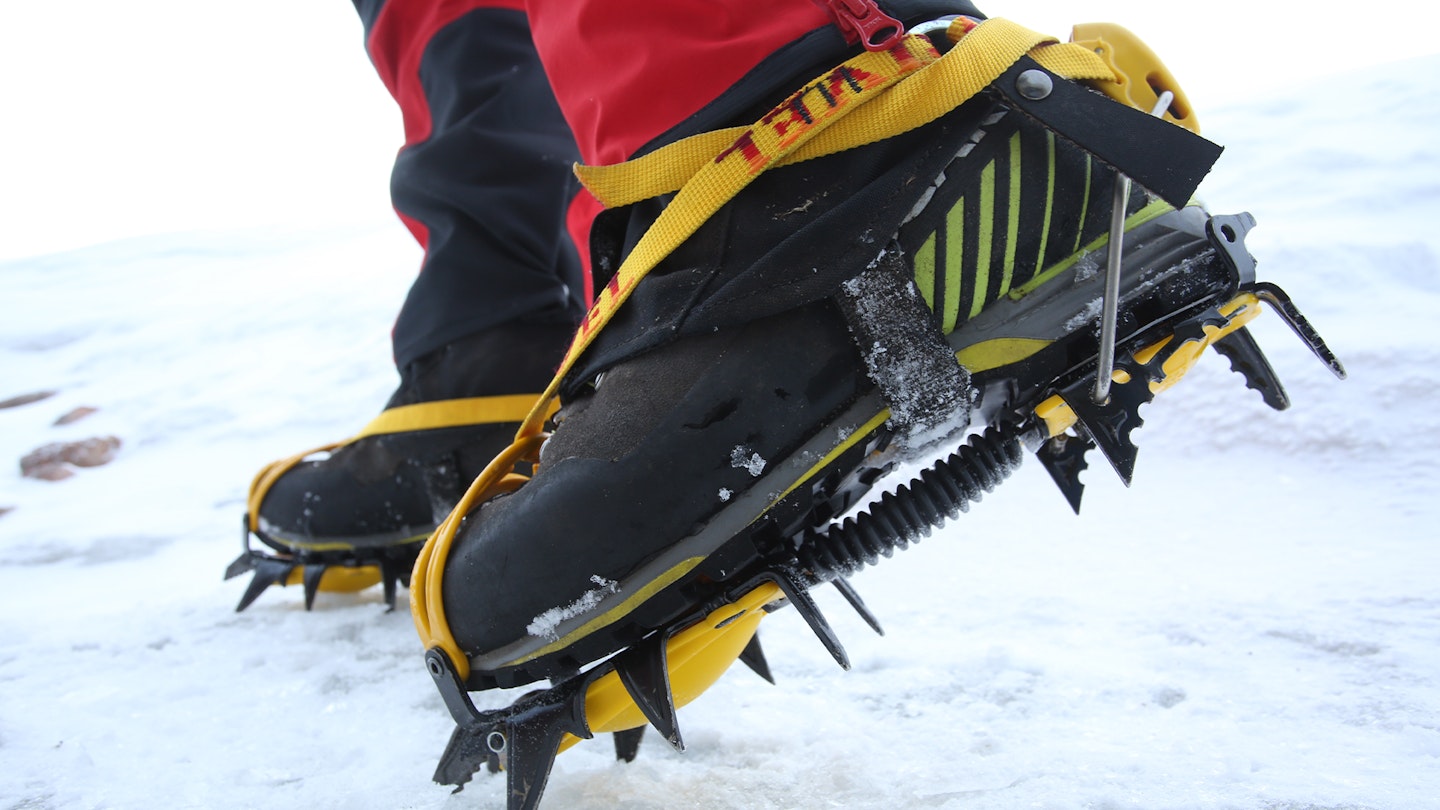
Make no mistake about it: Everest is cold. When you see celebratory summit photos of climbers bathed in sunshine, they’re still standing in temperatures well below freezing.
The summit temperature fluctuates between -20 deg C in summer and -35 deg C in winter; and even though Base Camp is over 3000m lower down, summer temperatures remain sub-zero.
As a result, frostbite and hypothermia are major threats. Frostbite typically occurs in the hands and feet, and sometimes the ears, nose and cheeks.
It is caused by exposure to cold that freezes your skin to the underlying tissues, and in extreme cases can lead to the death of tissue and the loss of fingers and toes.
Hypothermia in the mountains develops as a result of cold temperatures and strong winds, resulting in the loss of body heat. If a climber’s body temperature drops to 35 deg C, they become dizzy and disorientated; at 30 deg C their pulse becomes weak and slow; and at 24 deg C their heartbeat stops.
By carrying the correct kit and adding clothes at the right time, they’re able to regulate body temperature to an extent, but it’s still vital they don’t stay at high altitude for too long.
“I was in continual agony; I have never in my life been so tired as on the summit of Everest that day. I just sat and sat there, oblivious to everything.”
Reinhold Messner, Italian mountaineer
Wind
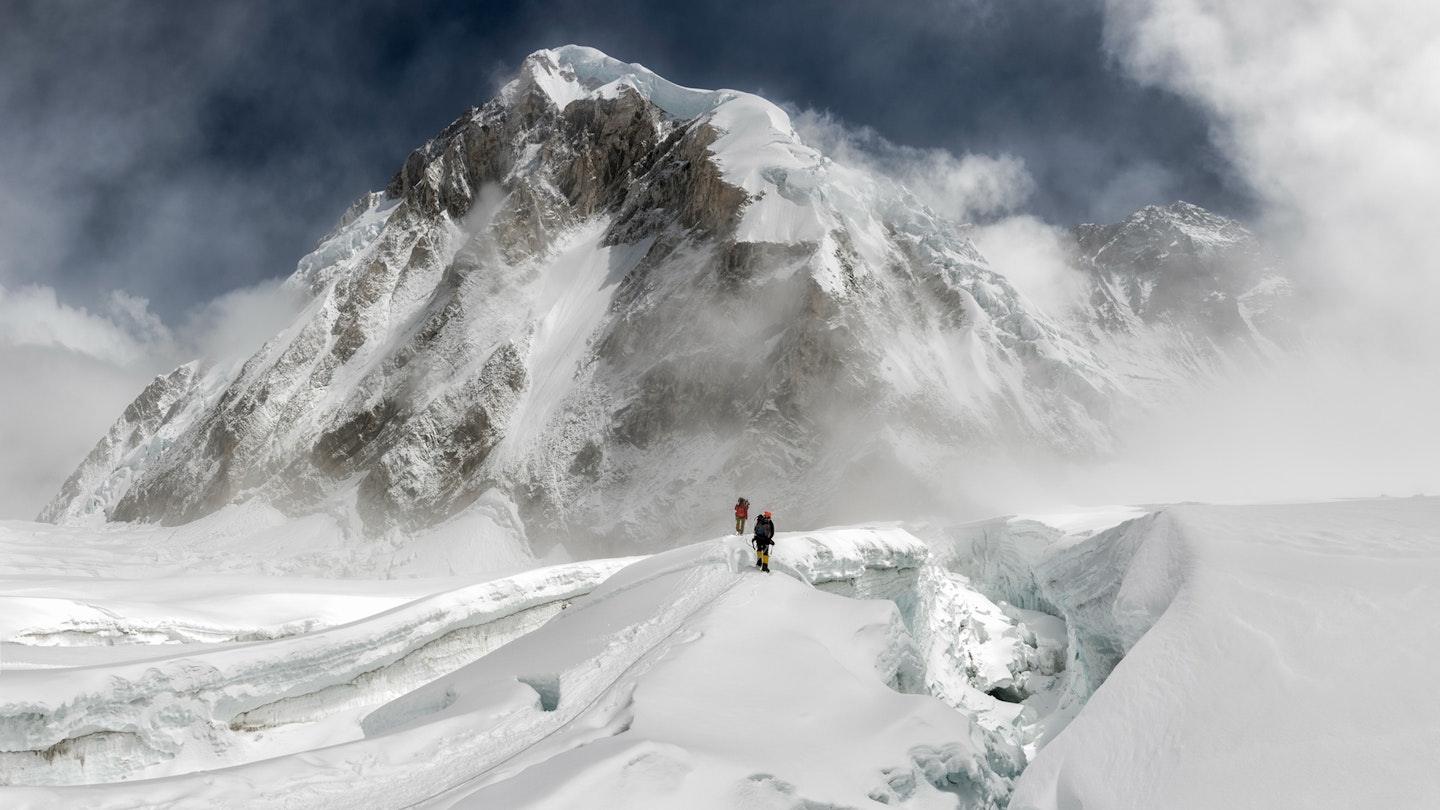
Anyone climbing at extreme altitude can be sure of one thing: at some point they’ll come face to face with extreme winds that are more than enough to blast them from the mountain. On top of that, Everest is so colossal that even among its mighty Himalayan neighbours it generates its own microclimate.
For around 250 days a year, the upper slopes are pummelled by the hurricane-force winds of the jet stream, which reach speeds of 175mph.
These vicious gusts can tear climbers clean off the mountain, but twice a year – in May and September – warm air lifts the jet stream north of the Himalayas, creating a short climbing window.
This window lasts only a matter of days but can result in winds dropping to as to as little as 5mph, leaving the mountain open for business. Calm conditions are never guaranteed, however, so climbers must rely on up-to-date weather reports and extremely good judgment before going for the summit.
“The wind is the appalling enemy. It is mind destroying, physically destroying,
soul destroying.”Chris Bonington, UK mountaineer
Terrain
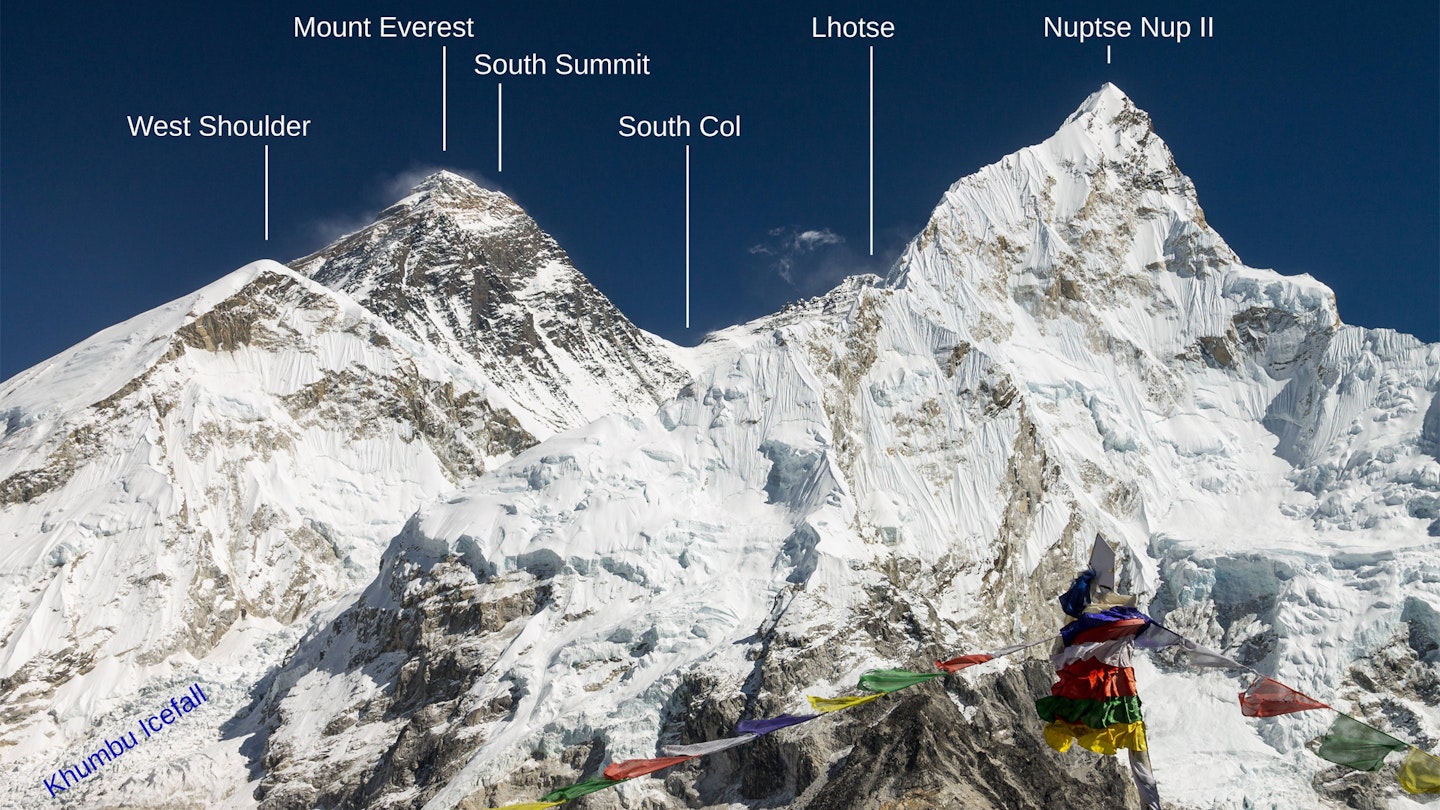
The regular routes up Everest are often described as little more than difficult walks up steep slopes, but that does the mountain a huge disservice.
Everest may not be as technical as K2, but the vast contrasts in terrain still make for an extremely challenging ascent. The trek to Base Camp is essentially an acclimatisation exercise, but the terrain fluctuates wildly once the true climb begins.
The fearsome Khumbu Icefall, located at the head of the Khumbu Glacier, is a broken mass of towering seracs and gaping crevasses that have claimed the lives of many climbers.
The Geneva Spur is a large, rocky buttress that must be ascended before climbers reach the South Col, and there are many significant barriers high on the mountain – particularly the Hillary Step (although this obstacle changed significantly in 2017) and the Second Step – that require technical rope work and a degree of mountaineering expertise.
Add those obstacles to the deep snowfields, razor-sharp ridges and vertical ice walls that guard the route to the summit, and you’ve got an extremely demanding mountain to deal with.
“I have not conquered Everest; it has merely tolerated me.”
Peter Habeler, Austrian mountaineer
Snow and ice
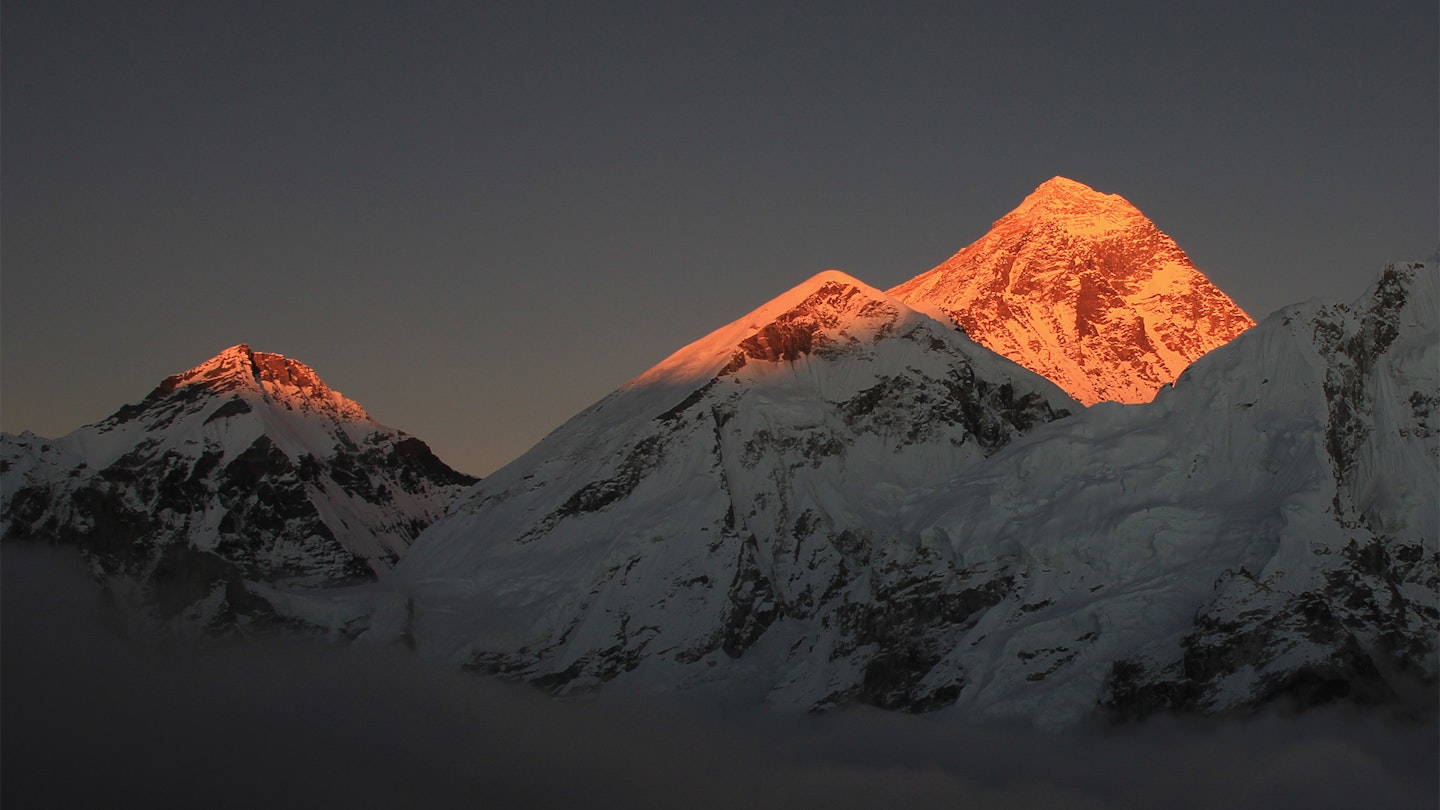
Himalaya is a Sanskrit word meaning ‘abode of snow’ and, as you’d expect, the mountain range is full of the stuff. Everest is permanently covered in a layer of ice topped with snow, with many scientists believing the true rock summit lies some feet below the snow cone at its pinnacle.
It doesn’t snow every day on Everest but the weather is extremely unsettled, meaning white-out conditions and poor visibility are a constant menace.
The sheer volume of snow makes movement up the mountain painfully slow, leaving climbers exposed to high altitudes and freezing temperatures for long periods. The arrival of the monsoon in early June causes snow and bad visibility on the peak until September; Everest is off-limits during this period.
Ice and snow also create hazards lower down the mountain, particularly in the Khumbu Icefall. Fresh coverings of snow constantly cover crevasses, meaning climbers could potentially be walking directly over gaping chasms concealed by only a few inches of snow.
As a result, they often take 12 hours to travel through the icefall using ropes and ladders, and often the route taken must change due to the shifting ice.
“For a long time we looked at the terrible icefall coming out of the Western Cwm and decided an approach would be very dangerous and difficult, perhaps impossible.”
Dr Charles Houston, US mountaineer
About the author
Simon Ingram is a former Trail magazine and National Geographic Online editor. He's also the author of two critically acclaimed hillwalking books – Between the Sunset and the Sea and The Black Ridge – and has written for the Guardian and Times among many others.
